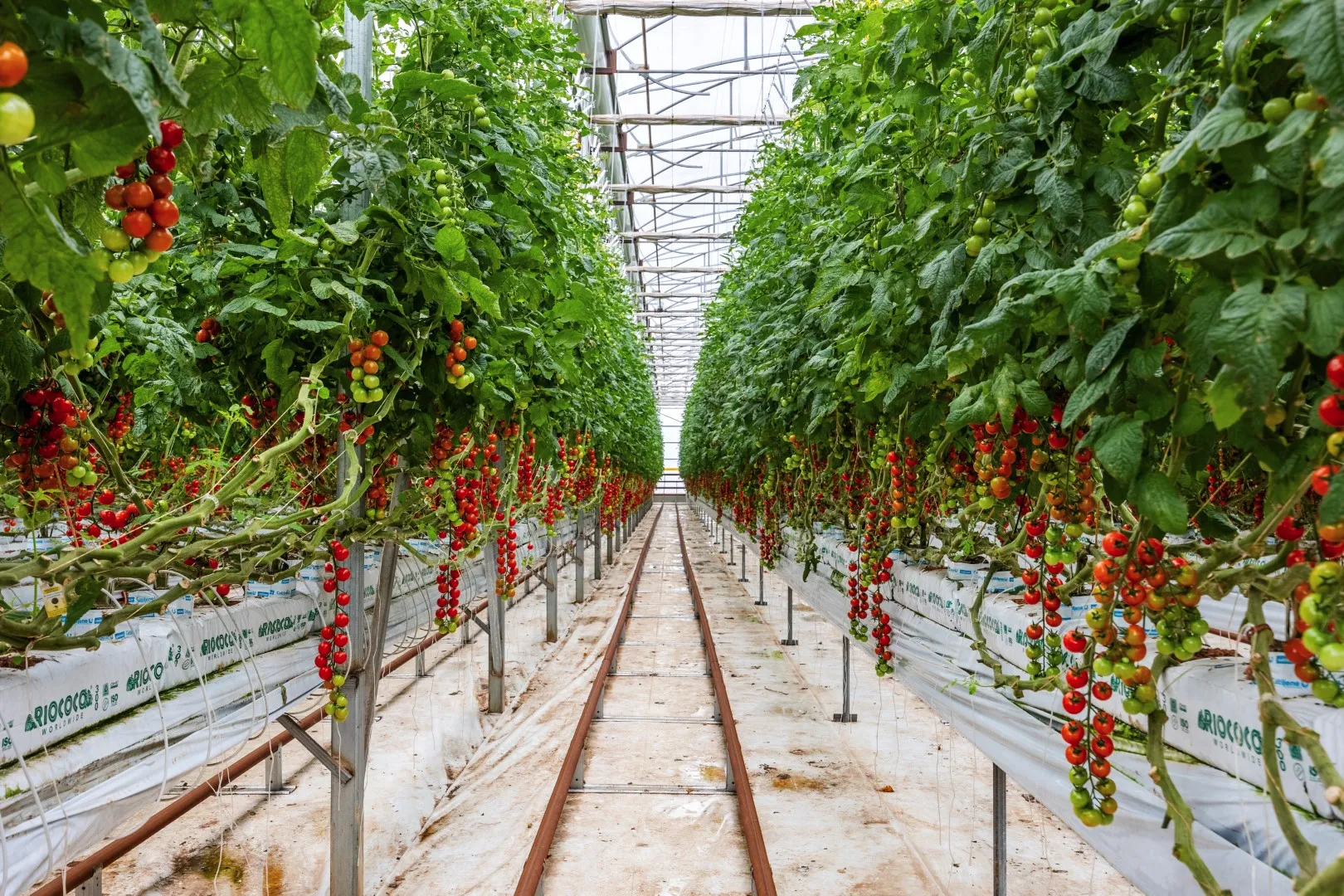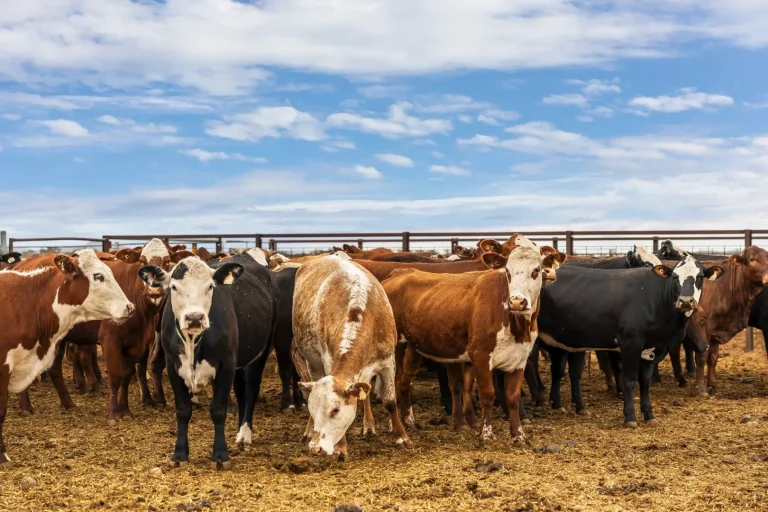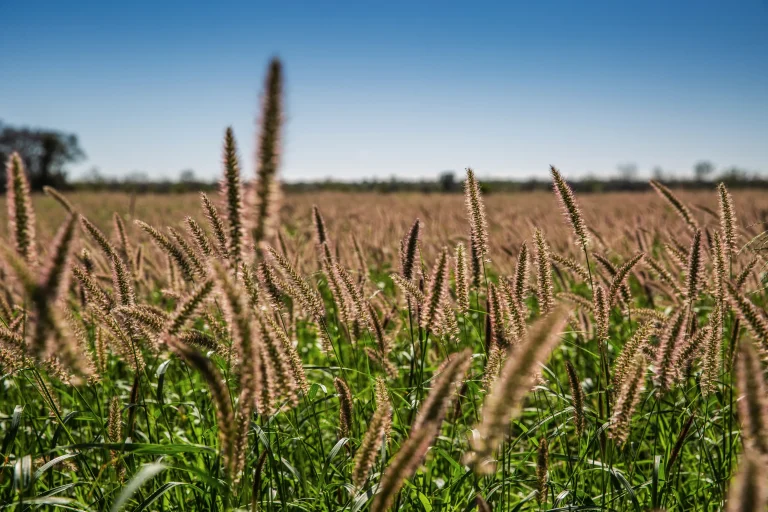Analysis of Rural Property Price Fluctuations in the Crop Farming Market
Introduction
Australia’s crop farming sector experiences dynamic property price movements driven by complex interactions between commodity markets, seasonal conditions, and agricultural fundamentals that influence investment decisions across the broadacre farming landscape. Understanding analysis of rural property price fluctuations in the crop farming market becomes essential for investors, farmers, and agricultural advisors seeking to navigate pricing cycles while optimizing acquisition timing and portfolio management strategies.
The crop farming property market encompasses diverse agricultural operations from wheat and barley production on the fertile plains of Western Australia to cotton and sorghum enterprises across Queensland’s varied cropping regions. These properties demonstrate distinct pricing characteristics influenced by soil quality, rainfall reliability, infrastructure access, and proximity to grain handling and export facilities that collectively determine operational viability and investment attractiveness.
At Agribusiness Horizons, our extensive experience with crop farming property transactions provides us with unique insights into price formation mechanisms, market cycles, and valuation drivers that distinguish superior cropping properties from commodity-focused land holdings. Our comprehensive market analysis capabilities help clients understand pricing dynamics while identifying opportunities that align with their strategic objectives and risk tolerance.
This detailed examination of crop farming property price movements provides practical insights for understanding market fundamentals, assessing valuation drivers, and developing investment strategies that account for the cyclical nature of agricultural property markets while positioning for long-term value creation.
Market Fundamentals and Price Formation Mechanisms
Australia’s crop farming property market operates within a sophisticated framework where land values reflect the intersection of agricultural productivity, commodity price expectations, and broader economic conditions that influence investor sentiment and financing availability. Property pricing in cropping regions demonstrates sensitivity to both short-term seasonal factors and long-term structural changes in agricultural markets.
Commodity price cycles significantly influence crop farming property valuations through their impact on operational profitability and cash flow generation capacity. Strong grain prices typically support higher land values as improved farm profitability enhances debt servicing capacity and justifies premium pricing for quality cropping land. Conversely, weak commodity markets often create buying opportunities as financial pressure on existing operators leads to property sales.
Seasonal conditions and weather patterns create substantial price volatility in crop farming property markets, with drought periods often depressing values while favorable seasonal conditions support premium pricing. These weather-related fluctuations reflect the direct relationship between seasonal rainfall, crop yields, and operational profitability that underpins property valuations in rain-dependent agricultural regions.
Interest rate movements and financing conditions influence property accessibility and investment returns, with low interest rate environments typically supporting higher land values through improved financing capacity and reduced carrying costs. Agricultural lending policies and regulatory changes also affect market liquidity and pricing dynamics across different cropping regions.
Government policy settings including drought assistance programs, tax incentives, and agricultural development initiatives create market distortions that influence property pricing and investment flows. Understanding these policy impacts helps investors anticipate market movements while identifying opportunities created by regulatory changes.
Regional Variations and Geographic Price Drivers
Western Australian Cropping Regions
Western Australia’s extensive cropping regions demonstrate distinct pricing characteristics influenced by soil quality variations, rainfall patterns, and proximity to grain export facilities that determine operational efficiency and market access. The state’s diverse cropping zones offer different investment profiles ranging from high-rainfall coastal areas supporting intensive cropping systems to lower-rainfall inland regions suitable for extensive broadacre operations.
Soil quality variations across Western Australian cropping regions create substantial price differentials, with premium soils commanding higher per-hectare valuations due to their superior yield potential and operational flexibility. Properties with diverse soil types often provide operational advantages through crop rotation opportunities and risk management capabilities that support premium pricing.
Infrastructure access including proximity to grain receival sites, transport networks, and port facilities significantly influences property values in Western Australian cropping regions. Properties with excellent logistics access typically command premium valuations due to reduced transport costs and enhanced marketing flexibility that improves operational returns.
Technology adoption and precision agriculture capabilities increasingly influence property valuations as buyers seek operations with established data management systems, variable rate application infrastructure, and sophisticated monitoring capabilities that optimize input efficiency and yield performance.
Eastern Australian Grain Production Areas
Eastern Australia’s diverse grain production regions encompass varying climate conditions, soil types, and market access characteristics that create distinct pricing dynamics and investment opportunities. These regions often support more diverse cropping systems and shorter transport distances to domestic consumption centers compared to Western Australian operations.
Irrigation infrastructure access significantly influences property values in many eastern cropping regions, particularly during drought periods when irrigation capability provides production certainty and operational flexibility. Properties with water rights and efficient irrigation systems often command substantial premiums during water-scarce periods.
Mixed farming opportunities including livestock integration provide additional revenue streams and risk management benefits that influence property valuations in eastern grain production areas. Properties suitable for flexible enterprise combinations typically attract premium interest from buyers seeking operational diversification.
Market proximity and processing relationships affect property values through their influence on transport costs, marketing timing, and value-adding opportunities. Properties with established processor relationships or direct marketing capabilities often demonstrate superior pricing compared to operations dependent on commodity markets.
Price Volatility Factors and Market Dynamics
Seasonal and Weather-Related Influences
Weather patterns and seasonal conditions represent primary drivers of short-term price volatility in crop farming property markets, with rainfall timing, temperature extremes, and frost events directly affecting both current season profitability and future production expectations. Properties in regions with consistent rainfall patterns typically demonstrate more stable pricing compared to areas subject to significant seasonal variability.
Drought cycles create substantial pricing pressure in affected regions as reduced operational cash flows limit buyer financing capacity while increasing seller motivation. These periods often present acquisition opportunities for well-capitalized buyers able to withstand short-term operational challenges while positioning for recovery when normal seasonal conditions return.
Flood events and extreme weather occurrences affect both immediate operational capacity and long-term infrastructure requirements, creating pricing volatility that reflects infrastructure damage costs and production recovery timeframes. Properties with demonstrated resilience to extreme weather events typically maintain more stable valuations during challenging periods.
Seasonal timing of property marketing influences pricing outcomes, with post-harvest periods often providing optimal marketing conditions when operational cash flows support buyer confidence and seasonal performance demonstrates property productivity potential.
Commodity Market Integration and Global Influences
Global commodity markets significantly influence Australian crop farming property values through their impact on operational profitability and investor sentiment toward agricultural assets. Export demand fluctuations, international production conditions, and trade policy changes create pricing volatility that flows through to land values across different cropping regions.
Currency exchange rate movements affect the competitiveness of Australian grain exports and influence domestic commodity pricing, creating secondary effects on property valuations that reflect changed profitability expectations. Strong Australian dollar periods typically pressure export competitiveness while weak currency conditions support commodity pricing and property values.
International investment flows and foreign buyer interest create additional demand pressures that influence property pricing, particularly for large-scale cropping operations that attract institutional investment interest. Understanding these capital flows helps predict pricing trends and identify emerging market opportunities.
Supply chain disruptions and logistics challenges affect market access and operational costs, creating pricing volatility that reflects changed competitive positioning and profitability expectations. Properties with reliable market access and efficient logistics typically demonstrate more stable pricing during disruption periods.
Valuation Methodologies and Investment Analysis
Accurate assessment of crop farming property values requires sophisticated analytical approaches that account for operational complexity, seasonal variability, and long-term productivity trends that distinguish superior cropping properties from commodity land holdings. Professional valuation methodologies incorporate multiple analytical frameworks to provide comprehensive property assessment.
Comparable sales analysis provides baseline valuation guidance through examination of recent transactions involving similar properties in comparable locations. This approach requires careful consideration of property characteristics, transaction timing, and market conditions that influence pricing outcomes and comparability.
Income capitalization methods assess property values based on long-term income generation capacity, accounting for seasonal variability, operational costs, and productivity trends that determine sustainable cash flow patterns. These approaches require sophisticated modeling of seasonal conditions, commodity price cycles, and operational efficiency factors.
Residual land value calculations determine property worth after accounting for operational costs, management requirements, and acceptable investment returns. This methodology provides insights into sustainable land pricing based on agricultural productivity rather than speculative market conditions.
Soil quality and productivity assessments provide fundamental valuation inputs through detailed analysis of soil types, nutrient levels, and yield potential that determine long-term operational viability. Professional soil assessment often reveals productivity variations that significantly influence property values and investment potential.
| Price Driver Category | High-Rainfall Regions | Medium-Rainfall Areas | Low-Rainfall Zones |
|---|---|---|---|
| Primary Influences | Soil quality, infrastructure access | Seasonal variability, water security | Scale efficiency, transport costs |
| Volatility Factors | Intensive input costs, disease pressure | Rainfall timing, frost risk | Drought cycles, commodity exposure |
| Investment Appeal | Consistent returns, premium crops | Balanced risk-return profile | Scale opportunities, cost efficiency |
| Market Characteristics | Competitive pricing, limited supply | Moderate competition, seasonal sales | Price sensitivity, larger holdings |
How Agribusiness Horizons Supports Crop Property Price Analysis
At Agribusiness Horizons, we understand that comprehensive analysis of rural property price fluctuations in the crop farming market requires specialized knowledge of agricultural fundamentals, market dynamics, and valuation methodologies specific to broadacre farming operations. Our market intelligence capabilities provide clients with detailed insights into pricing trends, market cycles, and emerging opportunities across Australia’s diverse cropping regions.
Our valuation and financial analysis services incorporate sophisticated modeling approaches that account for seasonal variability, commodity price cycles, and operational complexity inherent in crop farming enterprises. We provide accurate property assessments that reflect long-term productivity potential while accounting for market volatility and risk factors that influence investment returns.
The market timing analysis we provide helps clients optimize acquisition and disposal timing through detailed assessment of market cycles, seasonal factors, and economic conditions that influence property pricing. Our proprietary modeling systems identify optimal market windows while highlighting periods when pricing may be disconnected from fundamental values.
Our strategic advisory services help investors develop acquisition criteria and portfolio strategies that account for price volatility while positioning for long-term value creation. Whether seeking income-focused properties or capital appreciation opportunities, our guidance helps clients navigate complex market conditions while identifying superior investment opportunities.
The risk assessment capabilities we provide include comprehensive analysis of volatility factors, market risks, and operational challenges that influence crop farming property performance. We help clients understand risk-return profiles while developing mitigation strategies that protect investment capital during challenging market periods.
Our transaction support services ensure optimal pricing outcomes through comprehensive market analysis, strategic positioning, and negotiation expertise that reflects current market conditions and property-specific value drivers. We coordinate marketing timing and buyer targeting to optimize sale proceeds while ensuring transaction completion certainty.
Future Market Considerations and Emerging Trends
Australia’s crop farming property market continues responding to technological advancement, climate adaptation requirements, and changing global market dynamics that influence pricing patterns and investment priorities. Understanding these trends helps investors anticipate market movements while positioning for emerging opportunities and challenges.
Technology integration including precision agriculture systems, automated machinery, and data management platforms increasingly influences property valuations as buyers seek operations with established technology infrastructure. Properties with demonstrated technology adoption often command premium pricing due to enhanced operational efficiency and productivity optimization capabilities.
Climate adaptation and sustainability considerations gain importance as buyers assess long-term viability and environmental resilience. Properties with demonstrated climate adaptation infrastructure, soil health management systems, and sustainable farming practices often attract premium interest from forward-thinking investors.
Carbon sequestration opportunities and environmental credit systems create additional value streams that influence property pricing, particularly for operations with significant soil carbon potential or biodiversity conservation opportunities. Understanding these emerging value sources helps investors identify properties with additional revenue potential.
Water security and irrigation infrastructure become increasingly important valuation factors as climate variability affects production reliability. Properties with water rights, efficient irrigation systems, and drought resilience infrastructure typically maintain more stable pricing during challenging seasonal conditions.
Infrastructure development and logistics improvements affect regional competitiveness and property valuations through their impact on operational costs and market access. Monitoring infrastructure investment trends helps investors identify regions positioned for value appreciation through improved competitive positioning.
Alternative crop opportunities including specialty grains, oilseeds, and emerging crops create value enhancement potential for properties with suitable soil and climate conditions. Understanding these market developments helps investors identify properties with diversification potential that supports premium valuations.
Market Timing and Strategic Investment Approaches
Successful navigation of crop farming property price fluctuations requires strategic timing approaches that account for market cycles, seasonal factors, and economic conditions that influence optimal acquisition and disposal decisions. Professional market timing analysis helps investors optimize returns while managing volatility risks inherent in agricultural property markets.
Counter-cyclical investment strategies often provide superior returns through acquisition during market downturns when financial pressure creates selling opportunities and pricing becomes disconnected from fundamental values. Patient capital with long-term investment horizons typically benefits from market cycle timing approaches.
Seasonal acquisition timing affects both property availability and pricing outcomes, with post-harvest periods often providing optimal conditions when operational performance demonstrates property potential while seller motivation may be influenced by cash flow requirements or strategic planning considerations.
Portfolio diversification across different cropping regions and property types helps manage price volatility while capturing opportunities in various market segments. Geographic and operational diversification reduces exposure to localized market conditions while providing access to different growth opportunities.
Professional market monitoring and analysis capabilities help investors identify emerging trends, pricing anomalies, and market opportunities that may not be apparent to casual market observers. Regular market assessment supports informed decision-making while identifying optimal timing for strategic actions.
Conclusion
Successfully conducting analysis of rural property price fluctuations in the crop farming market requires comprehensive understanding of agricultural fundamentals, market dynamics, and economic factors that drive pricing cycles across Australia’s diverse cropping regions. The complexity of price formation mechanisms demands sophisticated analytical approaches that account for seasonal variability, commodity market integration, and long-term productivity trends.
Professional market analysis and timing expertise provide substantial advantages for investors seeking to optimize returns while managing volatility risks inherent in agricultural property markets. Understanding price drivers, market cycles, and valuation methodologies enables informed decision-making that protects capital while identifying opportunities for value creation.
The investment in comprehensive market analysis and professional guidance typically generates substantial returns through improved timing decisions, enhanced property selection, and optimized transaction outcomes. Investors who prioritize market understanding and professional support position themselves for success in Australia’s dynamic crop farming property market.
As you consider crop farming property investment opportunities, reflect on these important questions: How can understanding price cycle dynamics and market fundamentals improve your investment timing and selection decisions? What regional and operational factors distinguish properties with superior value appreciation potential from commodity-focused land holdings? How can professional market analysis and strategic guidance help you navigate price volatility while positioning for long-term value creation in Australia’s crop farming property market?
At Agribusiness Horizons, we bring specialized expertise in rural property price analysis for crop farming markets to help investors understand market dynamics while identifying superior investment opportunities across Australia’s diverse cropping regions. Our comprehensive market intelligence and analytical capabilities position us to guide clients through complex pricing environments while optimizing investment outcomes. Contact us today to discuss how our market analysis expertise can support your crop farming property investment objectives and position your portfolio for sustained success in this dynamic agricultural sector.



